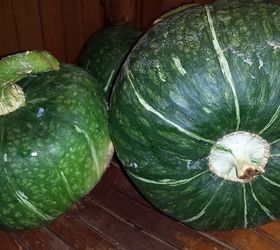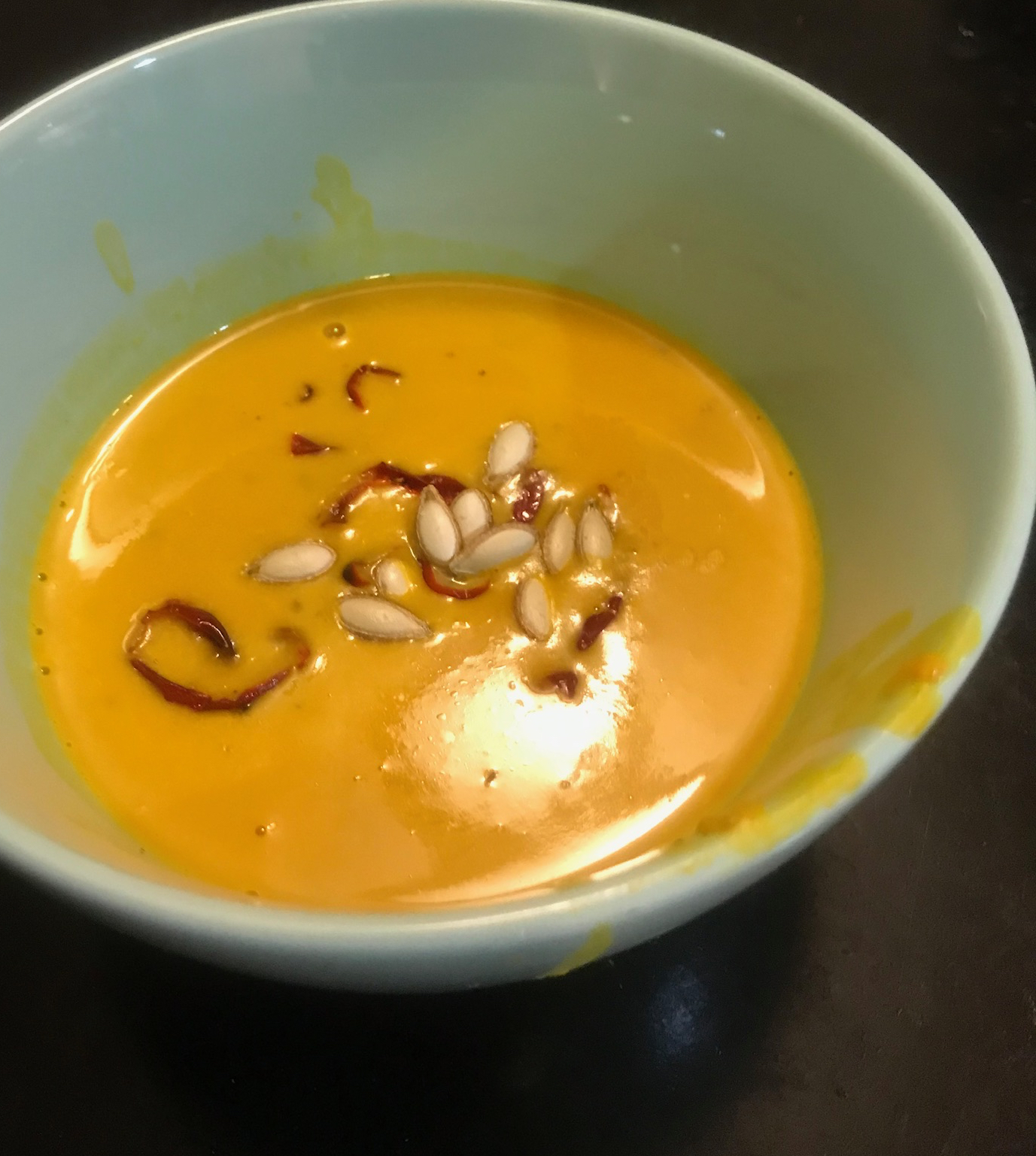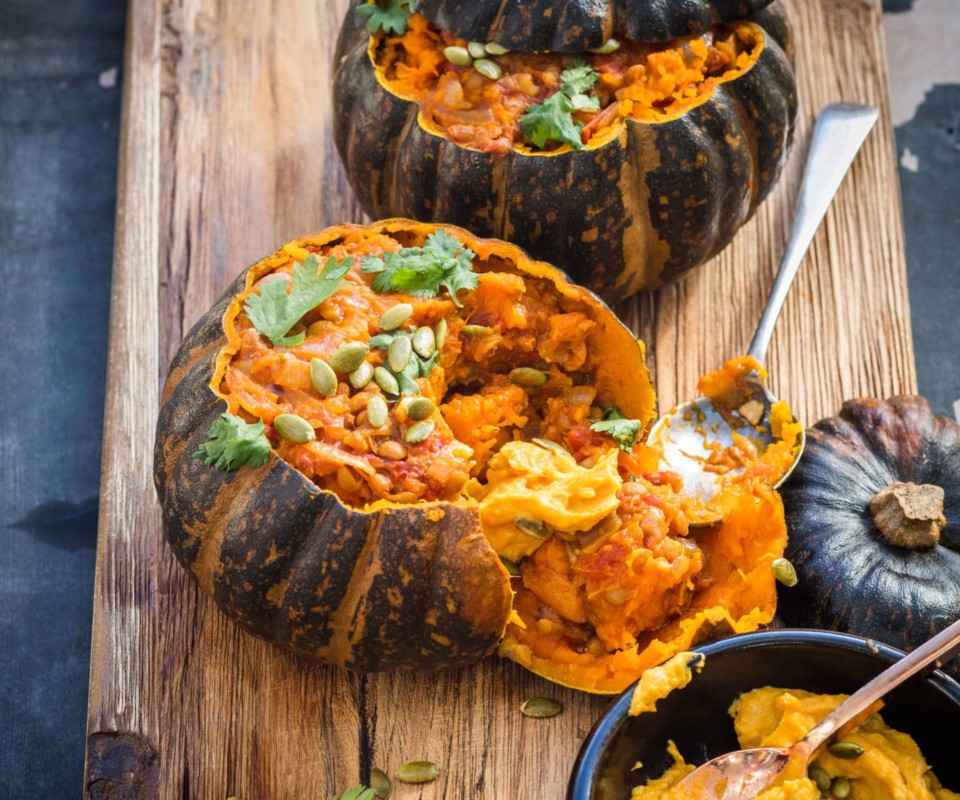

You don’t need to get all the little bits of squash off the seed - in fact, they are tastier with the little pieces of squash on them.

Roasted butternut squash seeds are very good eating. You can “double dip” and get an extra bonus product out of your work besides canned butternut squash - namely, roasted squash seeds. Not endorsed by Weight Watchers® International, Inc, which is the owner of the PointsPlus® registered trademark.
PICTURE OF BUTTERCUP SQUASH FREE

When pressure canning, you must adjust the pressure for your altitude. Waltham butternut squashes Reference information Processing time: Half-litres (pints) 55 minutes litres (quarts) 90 minutes Processing pressure: 10 lbs (69 kPa) weighted gauge, 11 lbs (76 kpa) dial gauge (adjust pressure for your altitude when over 300 metres / 1000 feet) Jar size choices: Either half-litre (1 US pint) OR 1 litre (1 US quart)
PICTURE OF BUTTERCUP SQUASH SKIN
You can just peel the butternut squashes with a vegetable peeler, then cut in half, clean out the small cavity, then use a French knife to chop into relatively uniform cubes.ĭon’t worry about any pale green lines under the skin they will disappear during processing. The reason is that all winter squash must be peeled and cubed before canning, and butternut squash just happens to be the easiest winter squash to work with from both aspects. Flesh is meltingly sweet and delicious.Butternut squash is the most popular squash for home canning. In the kitchen, cut Honey Nuts in half then bake until tender. Let squashes cure in the sun for about 10 days, then store in a cool dry place and they’ll keep for months. Then cut squashes from vines, leaving a good stem handle. These delicious little squashes need to mature properly, so don’t harvest until vines have died back and squashes’ exterior rinds are fully colored up from dark green to orangey-tan and tough enough to resist piercing with a fingernail. To save space, and make picking easy, Honey Nut vines can easily be trained up fences, trellises or 4-6 foot tall teepees. Protect young seedlings from marauding birds by covering with plastic berry baskets at sowing time, removing before plants get crowded.

When seedlings have several sets of leaves, thin to the strongest 3 seedlings per hill. apart and plant 4 to 5 seeds in each hill. Or make slightly mounded hills 2 to 3 ft. Thin to 1 strong seedling per group to give vines room to ramble or climb. Wait to plant until nights are comfortably above 50☏ (10☌) both day and night.
PICTURE OF BUTTERCUP SQUASH FULL
Honey Nuts need full sun, rich fertile soil and warm temperatures.


 0 kommentar(er)
0 kommentar(er)
